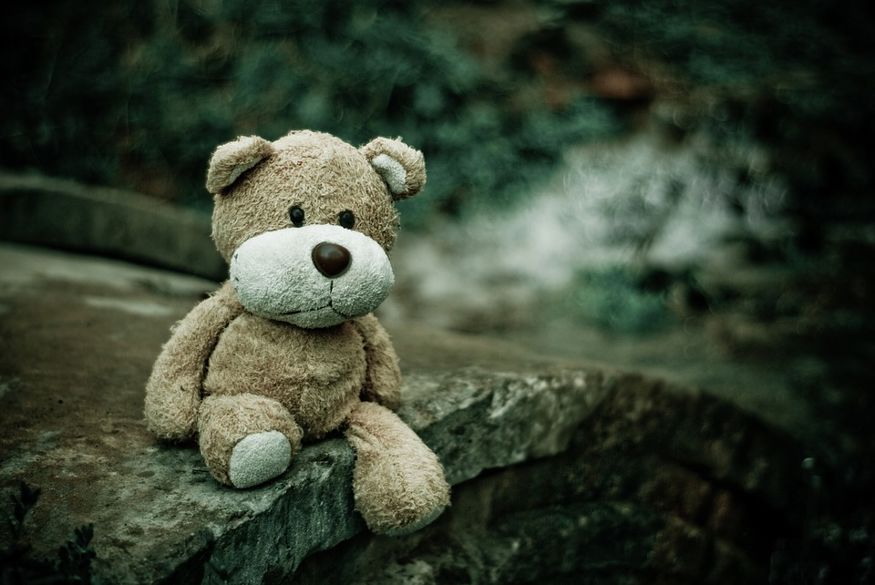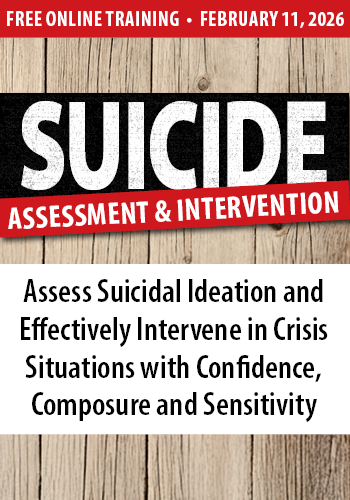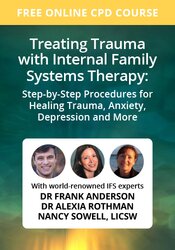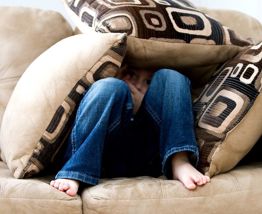Enrol in an online course today for flexible, self-paced learning—no fixed schedule required. Plus, enjoy lifetime access to course materials for convenient revisiting.
Tackling Child Sexual Abuse (3/5): Harmful Sexual Behaviour in Children

For every abused child there is an abuser. That abuser may themselves be a child. We immediately have to consider what constitutes ‘normal’ sexual behaviour during the inquisitive years of childhood, and think about the warning signs that may indicate the need for specialist support. Add in to this the current trends in sexting and use of webcams for exchange of images, not to mention the availability of pornography, and we begin to appreciate what a huge and complex area this is.
It is estimated that two thirds of child sexual abuse is carried out by other children under 18. Up to half may have been abused themselves, and many have witnessed domestic violence. They may exhibit other behavioural problems, have poor social competencies, and be unable to form relationships. Learning difficulties or other conditions such as autism are sometimes present. The behaviour may not be recognised as wrong by the child. The issue crosses all socio-economic groups.
Harmful sexual behaviours
In regard to children, we talk about Harmful Sexual Behaviours (HSB). This is a dual concept: harmful to the child perpetrator in some instances and harmful to the victim in others. HSBs are generally accepted as acts or discussions that are not appropriate for the age or the stage of development of the individual, and may involve one child having power over the other by virtue of physical strength or intellect (abridged from Barnados). What one adult considers acceptable behaviour in a child, another may not. The adult brings all their knowledge and preconceptions learnt over many years. Panic and over-reaction may cause over-reporting. For example, the child’s understanding of words may be incorrect. When saying ‘I want to have sex with you’, one five year old merely meant he wanted to kiss the girl. He thought ‘sex’ was when two people kissed.
Brook’s Traffic Light Tool
So where does that leave an adult trying to determine what is healthy and what is not? Brook’s Sexual Behaviours Traffic Light Tool lists various behaviours in four different age groups.
- Green behaviours are considered normal (e.g. curiosity about other children’s genitals in five to nine year olds)
- Amber suggests the need for vigilance (e.g exhibitionism – flashing or mooning in a nine to 13 year old)
- Red behaviours demand immediate action to intervene (e.g a 13 to 17 year old forcing others to expose their genitals).
‘I’ll show you mine if you show me yours’ has taken on new meaning as ‘sexting’ creates an indecent image or video that can then be shared with others. Few under-18 year olds realise that by taking a photograph they are committing a sexual offence, and committing a second offence when they share those images. In many cases, although illegal, no harm is caused, and the police are now beginning to accept this and not pursue criminal convictions provided there is no exploitation involved. In other cases, coercion, grooming and extortion are involved.
The importance of early treatment
The NSPCC run a treatment programme, ‘Turn the Page’, in nine locations in England and one in Northern Ireland. StopSO offers therapy to children. There is currently no national strategy for the treatment of these children. Two pathways are available, the child protection route and the criminal justice route. Modern thinking is that ‘criminalising’ of children is often not in the public interest. Treatment is reportedly more successful the younger the perpetrator, and reoffending rates are low (three to 12 per cent). Children are the adults of the future, and we have a responsibility to provide effective therapeutic support to them, so that they do not become serial abusers.

















